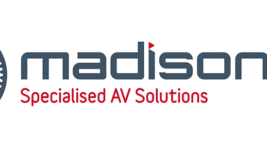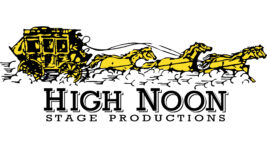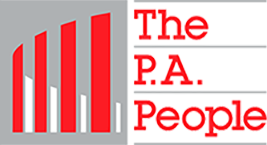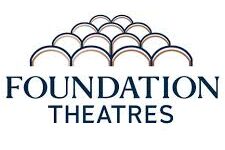CORPORATE
4 Jul 2023
CHARACTERISTICS OF CORPORATE LIGHTING

Subscribe to CX E-News
There are so many different types of events out there: theatre, ballet, expo, corporate, rock ’n’ roll, TV and film, just to name a few. All these event categories have their own quirks, unwritten rules and general lighting requirements, but when you drill down into any of them, you realise there are countless variations to the work; no two gigs are exactly alike, and each has its specific requirements.
The field of corporate events, a loose umbrella term that covers everything from a gala dinner to a conference, a town hall to a staff awards night, is no different. There are countless types of ‘corporate events’ each requiring their own individual lighting solutions.
Generally, the subject of a corporate event is not typically centred around a light show or an entertainment act, although for some events both can be the case. Whether it’s a presentation to shareholders, recognition of staff at an awards night, or a milestone birthday party for a company, there are usually very clear expectations around what needs to be achieved at a corporate gig.
The lighting for these types of events usually serves a complimentary, functional role within the event, rather than acting as the ‘star of the show’. That said, the difference between an average gig and an amazing one is often down to how it’s lit. Sticking to the event brief is very important, of course, but it’s also critical to bring your own flavours, concepts and ideas to the table at any of these events.
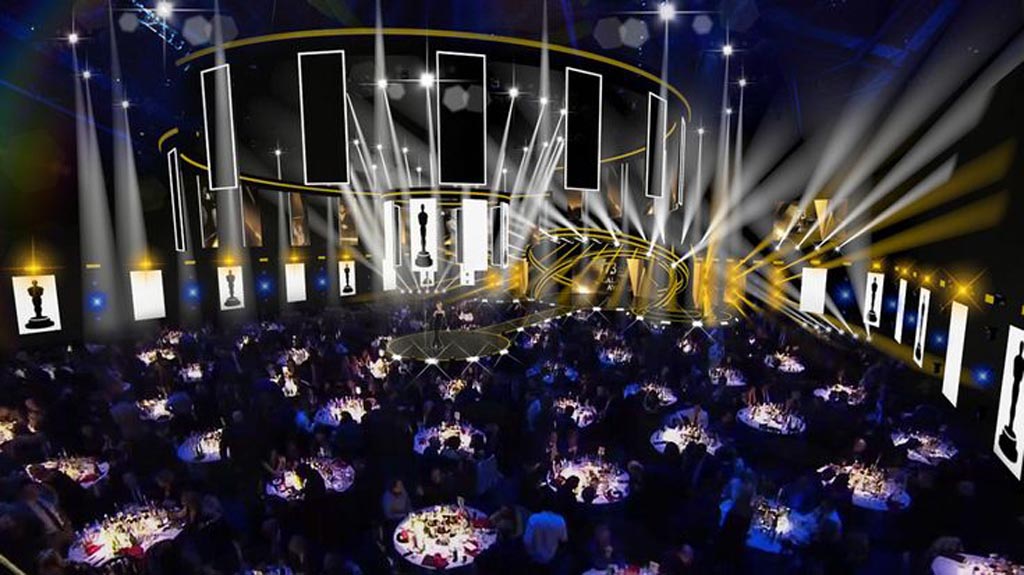
In a nutshell, lighting for corporate events is a balancing act, and while each is different in its detail, they do share common characteristics.
Here are a few principles that characterise a corporate gig from the perspective of lighting:
Colour Temperature and Stage Wash
While not as important as it might be for a broadcast or film gig, the stage lighting at any corporate event still needs to be well considered. Most corporate gigs have cameras rolling at some point, and in some cases even a film crew involved in proceedings. Particularly when the latter is true, it’s critical to work closely with the director and camera operators for the best outcome. A nice even stage wash is required for both the camera and the audience in the room.
Light the Room, Not Just the Stage
Most of the action at a corporate gig will take place on the stage, so it’s important as a lighting technician to give that area the time and attention it well deserves, but don’t forget about lights in the audience too. Chances are there will be tables to pinspot, banners and other activations to highlight, Q and A mics to account for, as well as other random elements. But remember, don’t forget to give the room an overall look too; you’re not just setting up a random collection of lights. The whole environment needs to feel like one event, not five. Where possible you should be incorporating the entire room into your overall lighting aesthetic.
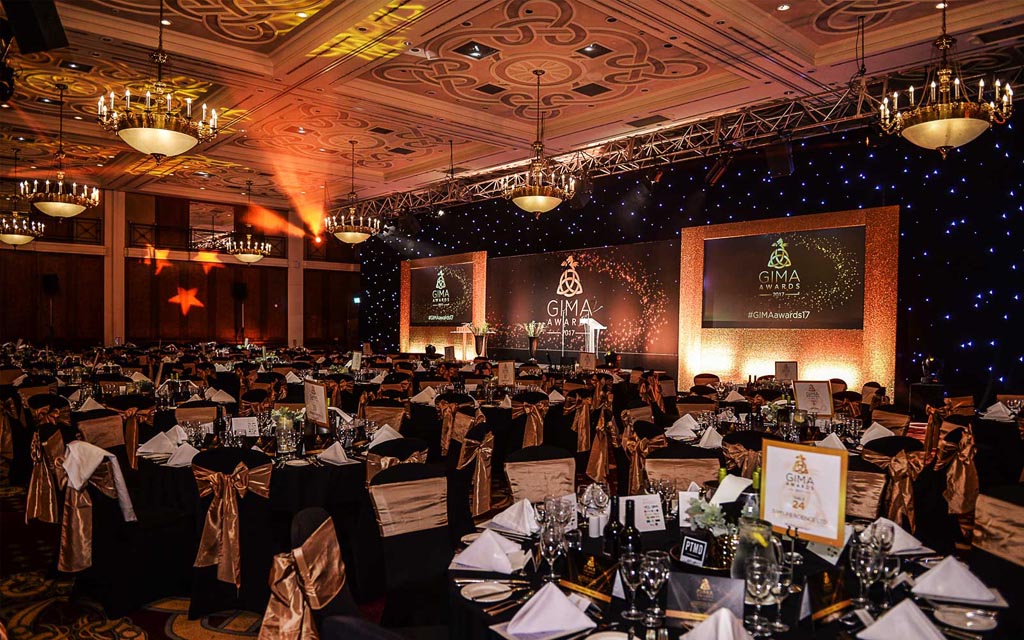
Colour Palette Over Effects
The choice of primary and secondary colours is critical at corporate events, but as the lighting operator, sometimes this decision is not yours to make. Colour choices may be dictated to you by the company’s colours for example, and in this situation the trick is to pick a good complimentary colour (or colours) to make things pop.
Levels Over Brightness
When it comes to corporate events, don’t just put all the lights at 100%. Play around with the levels to come up with something that looks good. Glare, halation and reflection are three things that always need to be well considered when picking your levels, all of which can affect the overall visibility at the event. Subtlety is key here; you will likely need to spend a bit of time playing around with levels to make things look great. This takes intuition and a keen eye, which you presumably have if you’re a lighting technician. Work the lights to polish a look and feel that suits the occasion.
Remember, what you don’t light is just as important as what you do; not everything needs to be lit all the time, nor do you need to use every light for every cue. Leaving certain objects and spaces dark to help build contrast can create far more interest, depth and impact inside a space. What you don’t light helps draw the eye towards what’s important at that particular moment. Although adequate light is often very important, particularly if people are doing things like eating, or needing to read a document etc, at the same time you don’t want to wash the room out.
Every light serves a purpose. Don’t just use lights for the sake of using lights. Sometimes less is more. The lights become more meaningful when you use them with specific intent. Using too many lights can lead to a cluttered, busy room that can ultimately detract from your look or message.
For corporate lighting, there are usually a handful of key moments from a lighting technician’s perspective where the looks can make or break the show. It’s good to know about these well in advance, so you can prioritise your programming time. There will likely be different cues for each of the different events. Some will place emphasis on a certain camera shot, for others it will be all about the awards, or maybe the band reveal. Another client may want to see the walk-in state as being the most important lighting state. Then of course you will have other clients who say every lighting state is the most important!
Although all corporate gigs are different, here are a few key moments, lighting states and looks you may want to consider:

The Room, Walk-in State
The room’s look is the big one. This is where you create your first impression, and we all know how important a first impression is. The room look and walk-in state really set the tone for the whole event. Ask yourself the question: ‘What am I trying to communicate here?’
The room needs to be well lit, not washed out. It needs to have colour, but not be overly saturated and the colours themselves can’t clash. The room needs to be imbued with the right mood and feel for the event, to create impact without being overwhelming. This is a skill more akin to art than science.
Video State
The video state is quite simple, but not one to be overlooked. As the name suggests, this is the lighting state used whenever there’s a video roll on the LED wall or projector screen. In this state, the lights are dimmed, set somewhere from blue to blue/purple and static: no movements, no rotating gobos. All eyes and everybody’s attention for this setup should be solely focussed on the content on screen; a relatively easy setup perhaps, but important to get right, nonetheless. As the lighting operator, what you’re trying to communicate here is that all eyes should be focussed on the screen, and there’s nothing else happening that needs your attention.
The Dinner/Meals State
Depending on how you present your walk-in look, you may be able to do something similar for your dinner state. Here, you’re trying to communicate a friendly, light-hearted atmosphere that encourages people to eat, drink and socialise. You want the room to be a little on the lighter side, as people will be moving around with food and drink, but you don’t want to push the lighting so far that things become harsh and mood-less. Two good rules to stick with here are: don’t use green on the tables, and try to minimize movement, as these can be a little off-putting for some when they’re trying to eat dinner.

Sometimes there might be a band playing background music during dinner too, and if so, try to match the music’s overall vibe and intent. If the music is toned down to a background level, make sure the lighting on stage reflects a similar vibe. There’s no point drenching the band in blazing light if musically they’re trying to be unobtrusive.
Award Ballys
If your corporate event includes any kind of formal awards ceremony, a bit of movement, colour chase or flash can be run here whenever award winners are announced.
This draws people’s attention to the stage and is usually run in sync with a musical cue. You may need to change this one up a little each time since people are easily bored and are often quick to notice when the same visual cue fires off every time an award is announced.
For the winner of the major prize on the night, this particularly significant moment needs to be highlighted with something a little more extravagant than what has been witnessed by the audience thus far. There might be some pyro, some form of build-up beforehand, and it might also go for a little longer than the standard award ballys.

Hide the Rig Wherever Possible
As for the setup for corporate lighting, the rig and its purpose will change depending on the nature of the gig. Priority leans towards presentation whilst still maintaining function. There are a few common elements though that most corporate events share:
First and foremost, cable runs need to be out of sight whenever possible. The ones that can’t be avoided need to be neat, gaffed down if they’re on the floor, and taped properly with a tape colour that matches the truss if the lights are being hung. While we are steadily moving more towards a hybrid model, we’re still lighting for the punters in the room most of the time.
We’re also starting to see more battery- powered fixtures and wireless DMX options utilised on corporate events these days, given how much neater a cable-free set up presents. We will almost certainly see this trend continue as the quality and longevity of these lights improve, and wireless lights become a more financially viable option.
Roadcases and storage elements are some of the other objects that need to be kept out of sight at every corporate gig, and unless they’re a feature; lights, cables and trusses are other elements we generally don’t want to see. Obviously, this isn’t always possible or practical at every event, in which case every effort must be made to draw the eye away from them by setting the rig up as neatly as possible. As for trusses, black is best, and skirted is the next best option. The extensive use of draping around the stage and room is another thing that helps establish a decent lighting vibe, especially in situations where the room itself leaves a bit to be desired.
One final thing to keep in mind is that every corporate event is being used by a company or organisation as a promotional tool. While different events have different purposes and messages to convey, ranging from the fun of a product launch to the seriousness of a bank shareholder presentation, you can bet that all of them appreciate a setup that reflects quality, tidiness and professionalism.
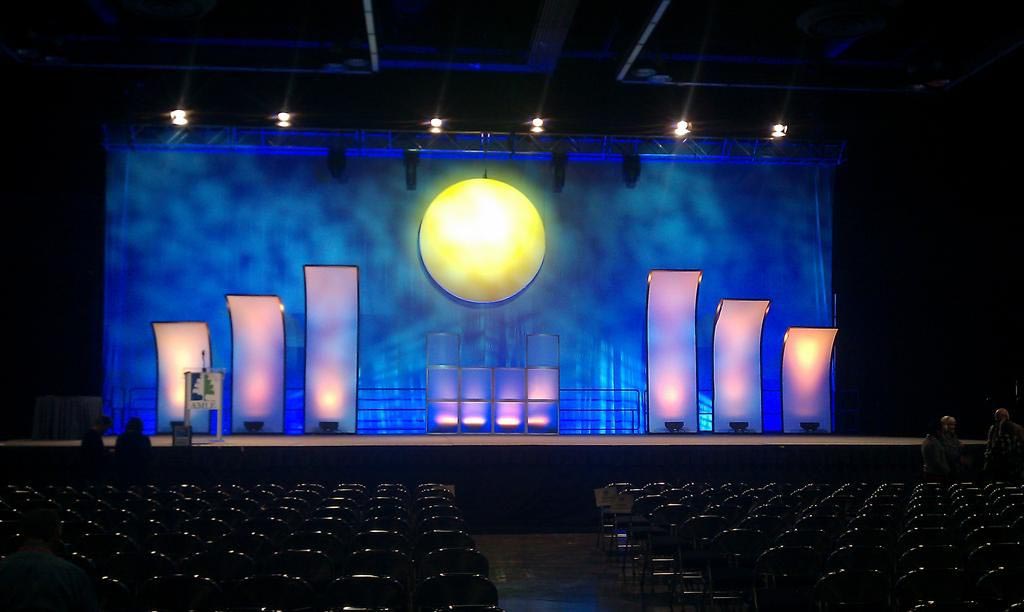
Subscribe
Published monthly since 1991, our famous AV industry magazine is free for download or pay for print. Subscribers also receive CX News, our free weekly email with the latest industry news and jobs.

